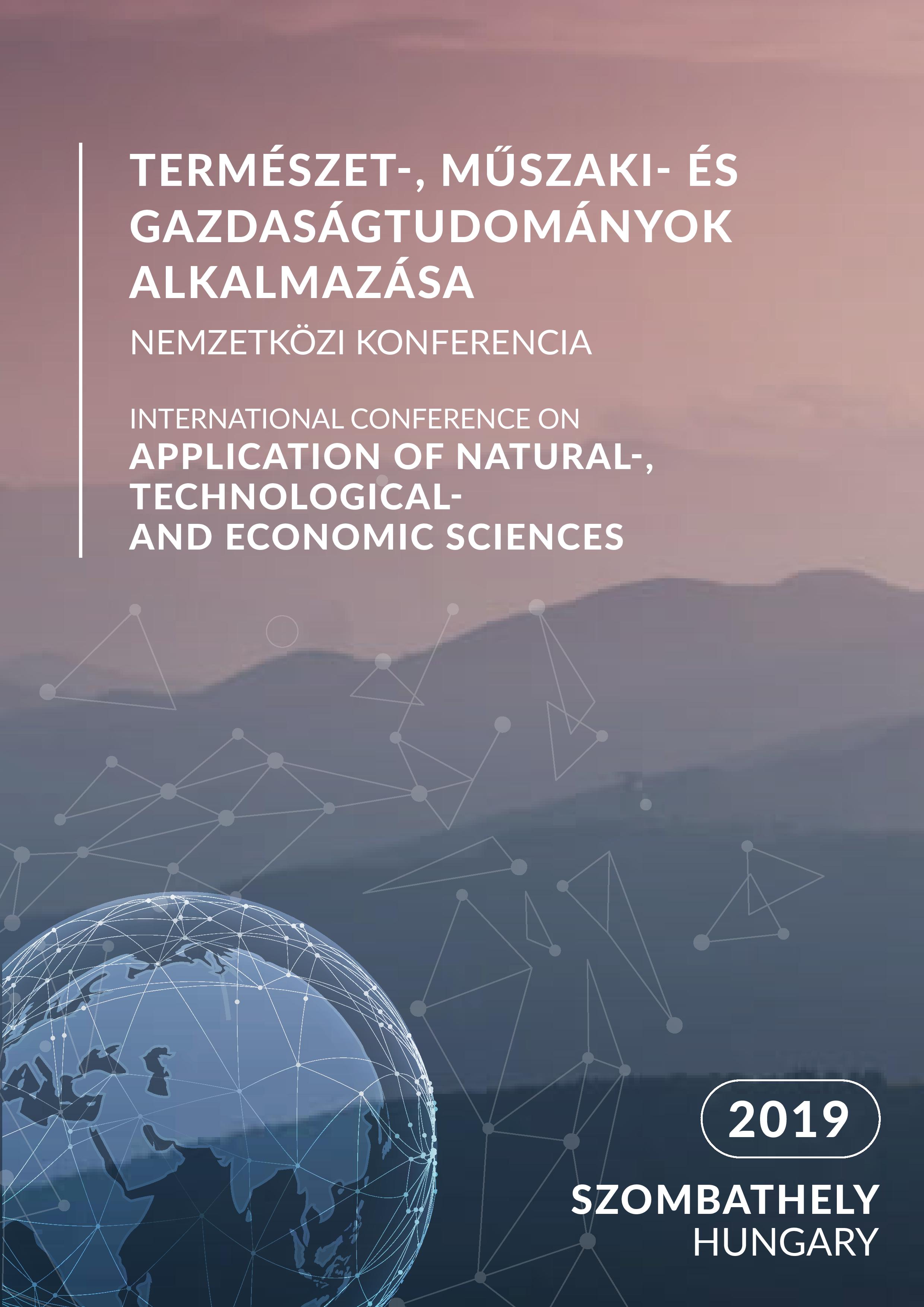Mobility part of the ecological footprint in education
Abstract
Sustainability is key to the future of mankind and the fate of our civilization. Most of the sustainable development goals, defined by the UN, and most of the global problems are strongly related to the ecological footprint, which measures human demand on nature, expressed as a single, easy-to-understand number that is scalable from an individual to a global level. The use of ecological footprint in education is being promoted by an international team of several institutions, by developing digital tools for both online and offline education under an Erasmus+ scheme. The part of ecological footprint that is associated with mobility (of both humans and goods) comes mostly from the amount of CO2 produced by the means of travel (car, plane etc.). This excess CO2, which comes from the high-energy lifestyle of today's societies, is the major cause of global warming, which most regard as the most imminent threat to human civilization on Earth.
In this paper we show some properties of the mobility part of the individual ecological footprint, how the size of it can be reduced and how it can be included in the education of teenagers.

